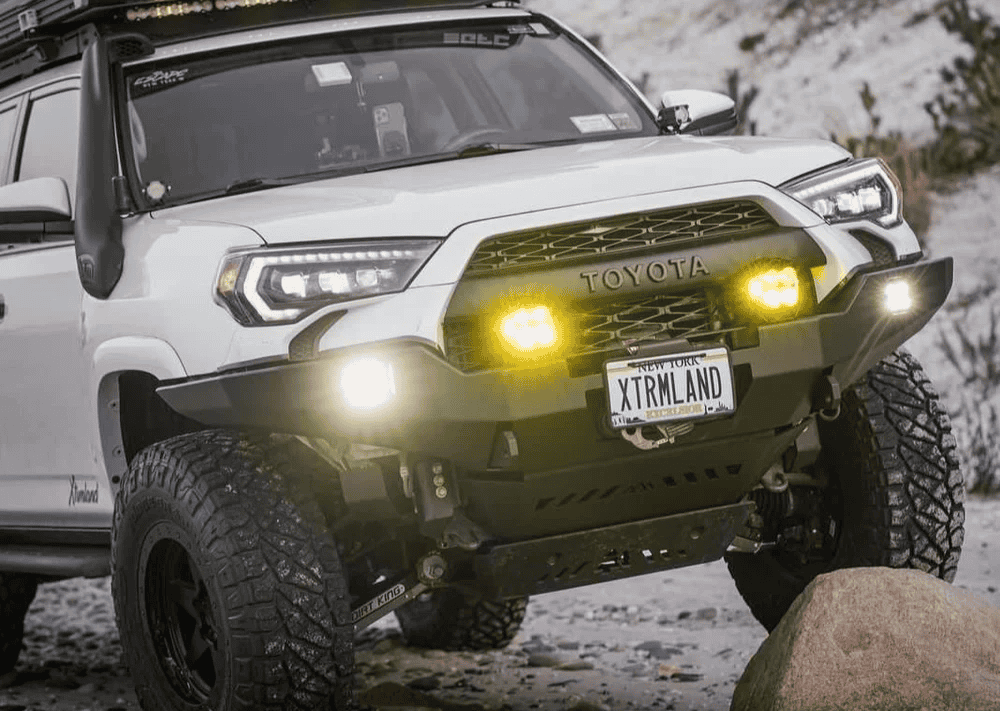Overland Vehicles

Retired ambulances draw attention because they are purpose built to carry people and gear safely, day after day. The box is typically insulated, wired for high output electrical loads, and designed with easy access doors and compartments that translate well to travel storage. Many ride on heavy duty chassis with stout brakes, robust cooling, and alternators sized for continuous duty. Those strengths make a compelling base for remote travel once emergency equipment is removed and systems are simplified for camping use.
The big considerations are weight, center of gravity, and how the box attaches to the frame. You will want to confirm the gross vehicle weight rating, curb weight, and remaining payload after conversion plans. Electrical panels and harnesses can be complex, so a careful decommission is key to prevent parasitic draws and power gremlins. Finally, confirm parts availability for the engine, transmission, and suspension so long term maintenance remains straightforward on the road.
Most ambulance chassis are designed for heavy loads and idling, which is helpful for alternator charging and cooling. However, the box can be tall, so roof additions should be planned with weight and wind in mind. Keep heavy items like batteries and water low and centered. When simplifying the electrical system, map circuits, replace aging components, and install a clean house power system with proper protection, fusing, and isolation from the starter battery.
The first step after purchase is a thorough decommission. Remove light bars, sirens, decals, oxygen lines, and any surplus wiring not needed for travel. Patch roof penetrations, seal unused holes, and refresh weather stripping. From there, design your living systems: a house battery bank sized for your loads, a pure sine inverter, DC to DC charging from the alternator, and solar as a range extender. Ventilation through roof fans and a recirculating heater will keep the cabin comfortable in varied seasons.
Interior planning benefits from the ambulance box form factor. You can create a sleeping platform, a compact galley, and a storage wall while keeping clear pathways to doors for airflow and safety. Use marine grade wiring for the new house system, install a smart battery monitor, and select a charger that matches battery chemistry. For water, aim for separate fresh and grey tanks with easy winterization. Every cut and fastener should respect the structure of the box, avoiding critical framing or corrosion points.
Design around the daily routine. A convertible bed keeps space flexible, while a fixed bed speeds camp setup. Choose a cook surface you like to use and mount it securely. Plan a drying zone near a door for wet gear. Consider a compact toilet solution with proper ventilation. Lighting should be layered: task lights for cooking and soft ambient lights for evenings. Insulate with materials suited for temperature swings and sound control, then seal edges to prevent drafts.
Budgets vary with chassis condition, drivetrain, and how deep you go on systems and finishes. Expect costs for the base rig, mechanical refresh, decommission work, electrical rebuild, interior carpentry, and suspension improvements. Tires, shocks, and alignment tailored to the new weight make a noticeable difference in comfort and control. Factor time for testing and shakedown trips to dial in storage, power settings, and ride height.
Paperwork matters. Research how your state handles title changes from commercial to motorhome classification. Work with your insurer to properly reflect vehicle use and equipment. Keep safety first: verify brakes, steering, lights, and restraint systems. A clear documentation trail of wiring diagrams, fuse maps, and component manuals will help future service and resale.
Ambulances often run close to their weight ratings. Reduce unnecessary mass during the build and choose an appropriate tire load index. Upgraded shocks, sway control, and a modest lift can improve stability without compromising drivability. Protect vulnerable components with skid elements and ensure recovery points are structural. Test approach and departure angles before adding rear carriers or front equipment so you maintain practical clearance.
Ambulance to overland conversion with modular cabinetry, roof gear, and off grid power ready for remote travel
If you prefer a professional path, the team at OZK Customs builds reliable travel rigs with clean wiring, thoughtful storage, and road tested ride quality. Explore our overland rigs to see how systems come together for real travel. Our process emphasizes listening, planning, and delivering a rig that fits your routes and pace.
From suspension setup to power and cabinetry, we design and install with safety and serviceability in mind. Learn how a custom overland upfit translates the ambulance form factor into a comfortable, quiet cabin that holds up to daily use. If you want to know what sets our approach apart, start with why choose OZK Customs.
Tell us where you want to go, how long you stay off grid, and what you must carry. We will turn that information into a clear plan for power, water, storage, and ride quality, then build a rig that feels composed on the highway and confident on rough tracks. Reach out and we will help you get from concept to keys with a conversion that is ready for the miles ahead.
Ready to transform a retired ambulance into a reliable overland rig? Talk with OZK Customs about proven layouts, clean electrical systems, and suspension tuned for real travel. Share your goals, get a clear build path, and let our team turn your vision into a dependable expedition setup.
ADDRESS:
6159 E Huntsville Rd, Fayetteville, AR 72701
PHONE:
(479) 326-9200
EMAIL:
info@ozkvans.com